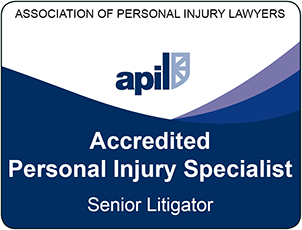Cerebral palsy solicitors, Timms, know from experience that few cerebral palsy claims will be successful
This is because the vast majority of congenital cerebral palsy is not caused by birth asphyxia.
Often unknown events during pregnancy, labour, and delivery damage motor centers in the developing brain and cause cerebral palsy.
Infections during pregnancy, such as German measles (rubella), cytomegalovirus and toxoplasmosis, can damage the fetus’s developing nervous system.
Deprivation of oxygen to the brain (asphyxia) or head trauma sustained during labour and/or delivery can cause CP. Severe asphyxia for a lengthy period can produce brain damage called hypoxic-ischemic encephalopathy, which causes many infant deaths. Birth asphyxia is associated with spastic quadraplegia.
Brain haemorrhage, or bleeding, can occur in the fetus during pregnancy or in newborns around the time of birth, damaging fetal brain tissue and causing neurological problems, including congenital CP. These haemorrhages are a type of stroke that may be caused by broken, abnormal, or clogged blood vessels in or leading to the brain, or by respiratory distress, a common breathing disorder in premature infants.
Cerebral palsy claims can also arise out of acquired cerebral palsy.
Cerebral palsy solicitors, Timms, obtained an admission of fault from a hospital Trust in a case where a newborn with a known family condition of hereditary spherocytosis, where the sphere shape of the red blood cells made them more likely to break down releasing bilirubin, developed jaundice shortly after discharge . The kernicterus the infant developed is a form of brain damage caused by excessive jaundice. The substance which causes jaundice, bilirubin, was so high that it moved out of the child’s blood into her brain tissue. Tragically in this case the severe jaundice (hyperbilirubinemia) led to cerebral palsy but this could have been avoided by an exchange transfusion if the parents had been properly warned to look out for the symptoms of jaundice and to bring the infant back to hospital immediately.
What Our Clients Say














